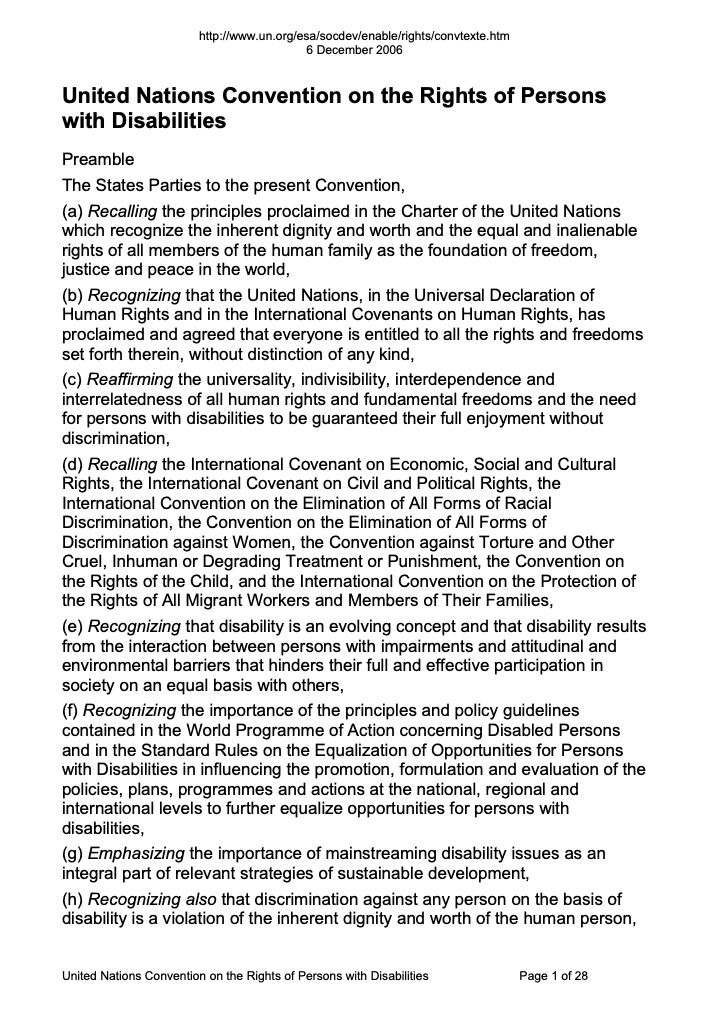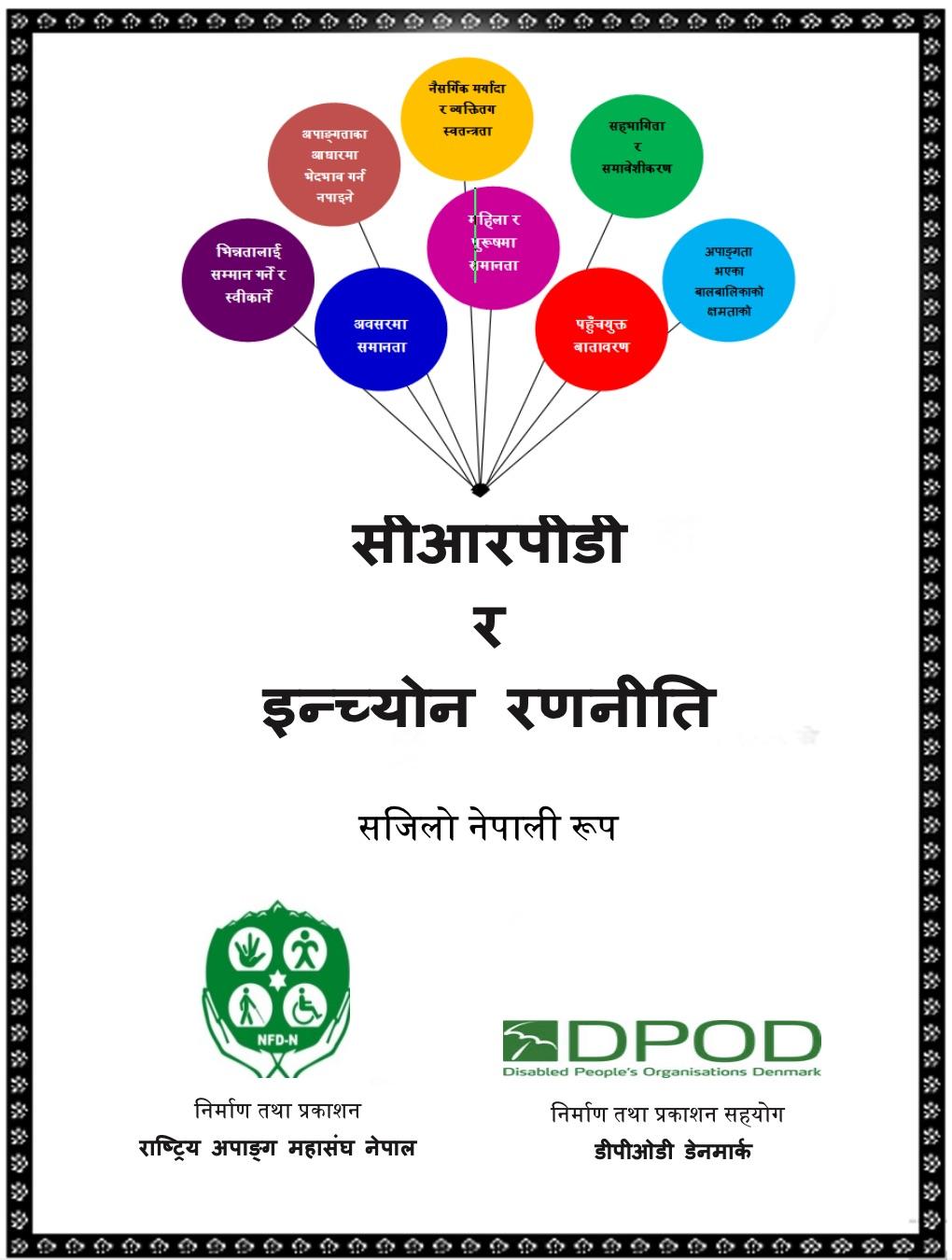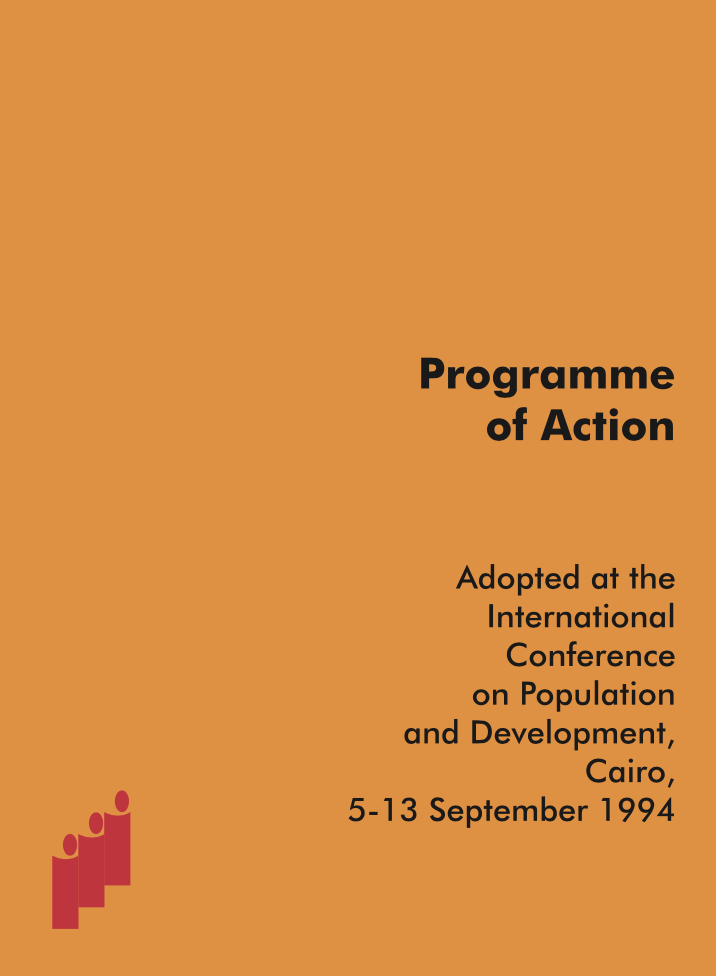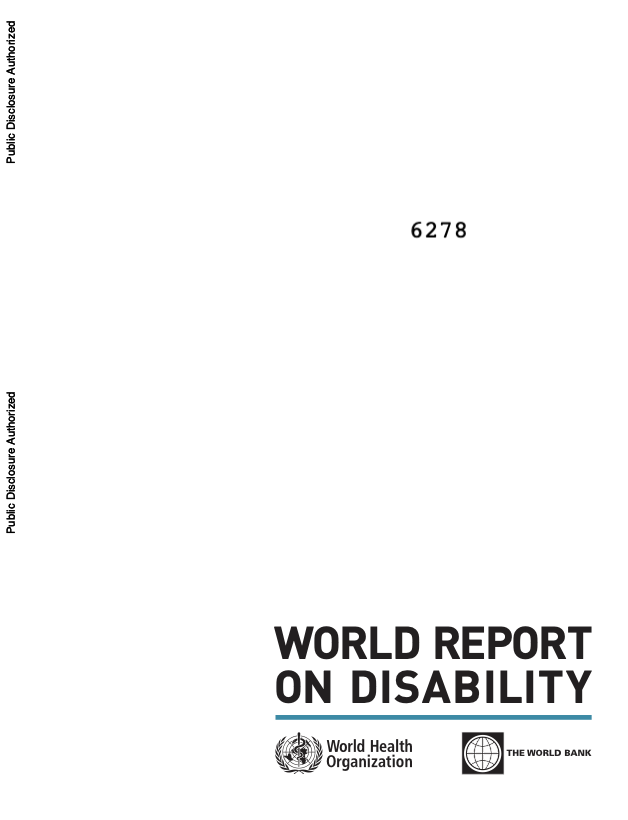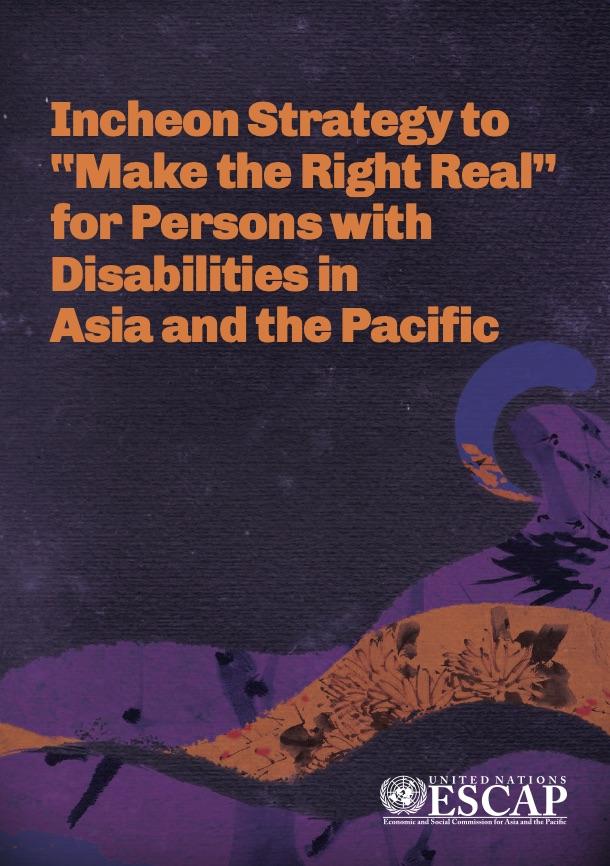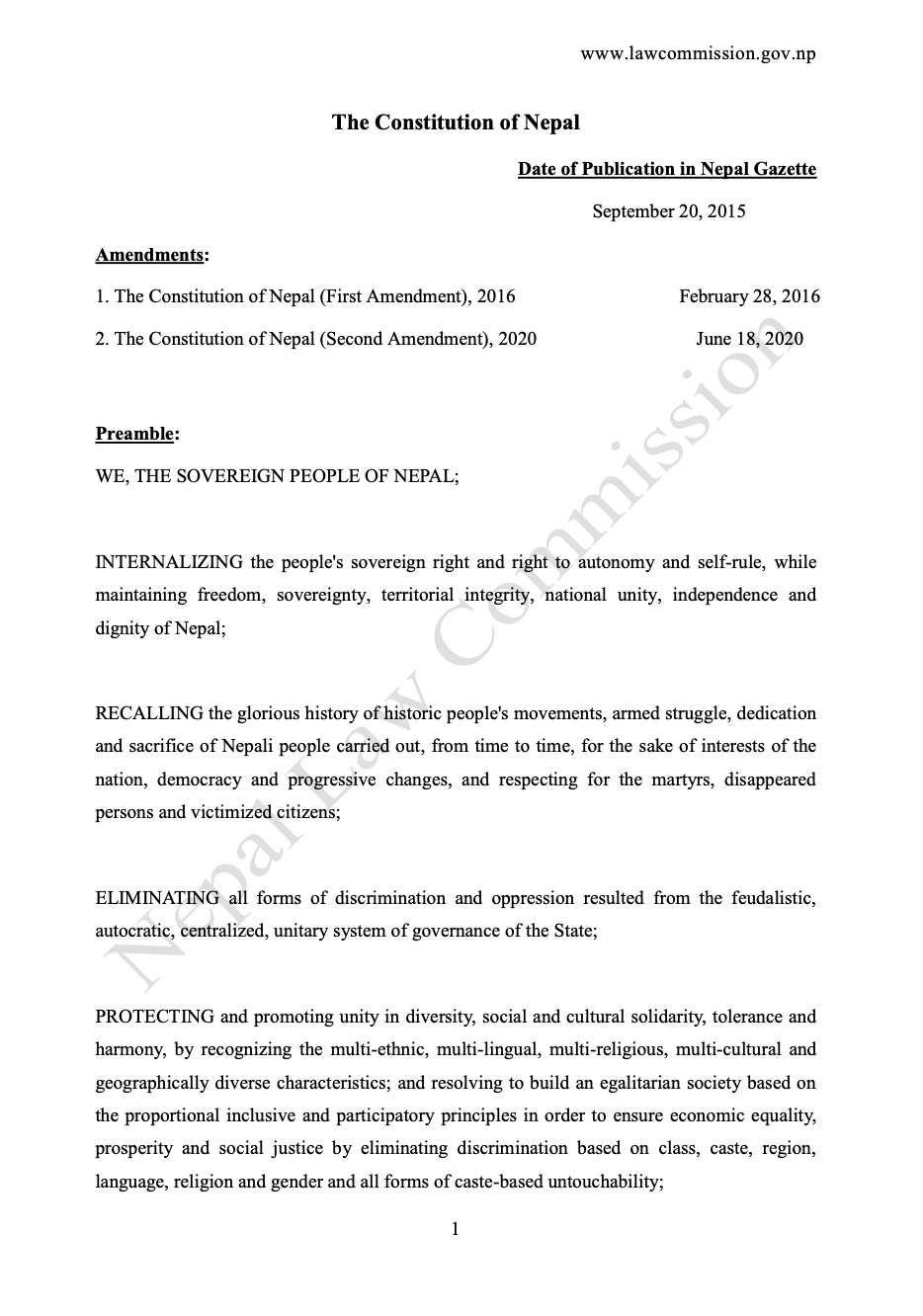Abortion is a safe and non-complex healthcare procedure to terminate a pregnancy which involves the use of medication or a surgical procedure.
To better understand safe abortion, it is crucial to grasp what unsafe abortion actually means. According to the World Health Organisation (WHO), unsafe abortion is defined as the procedure carried out to end an unintended pregnancy (unwanted pregnancy) either by persons lacking the necessary skills or in an environment that does not conform to minimum medical standards, or both.
Safe abortion services should always adhere to six areas of quality of care:
- effective, adherent to an evidence base and results in improved health outcomes for individuals and communities, based on need;
- efficient, optimizes resource use and avoids waste;
- accessible, timely, geographically reachable, and provided in a setting where skills and resources are appropriate to medical need;
- acceptable/person-centred, delivering health care that takes into account the preferences and aspirations of individual service users and the cultures of their communities;
- equitable, delivering health care that does not vary in quality because of personal characteristics such as gender, race, ethnicity, geographical location or socioeconomic status (special emphasis should be given to the backward and vulnerable groups);
- safe, delivering health care that minimises risks and harm to service users.
- Induced abortion: intentional termination of pregnancy
- Spontaneous abortion: also referred to as ‘miscarriage’, it is the loss of pregnancy naturally before 24 weeks of gestation.
Abortion care goes far beyond than just medical or surgical procedures. Comprehensive abortion care (CAC) includes the provision of information on abortion, abortion management, and post-abortion care reflecting the continuum of care for abortion.
- Manual or electric vacuum aspiration (MVA or EVA)
This is recommended for induced abortion < 14 weeks (less than 14 weeks). - Dilatation and evacuation (D&E)
This is recommended for induced abortion ≥ 14 weeks (greater than or equal to 14 weeks).
Medical abortion management includes serial use of mifepristone followed by misoprostol or, use of misoprostol alone in the settings where mifepristone is not available. A new alternative is also available which includes using letrozole in combination with misoprostol.
Post-abortion care includes either all of the following or any of them as needed or desired: optional follow-up check-ups, management of residual side effects or complications, and contraception services. It can also include the management of complications after an abortion.

Framework taken from Abortion care guideline by World Health Organisation.
Safe abortion was legalised in September 2002 in Nepal. In Nepal, safe abortion services including consultation, medicines, and commodities are free.
The services as part of safe abortion include:
- Pre and post-counselling on methods available on abortion management and post-abortion contraceptive methods.
- Pregnancy termination as per national guidelines.
- Diagnosis and treatment of existing reproductive tract infections (RTIs), and
- Provision of contraceptive methods with informed choice and follow-up on post-abortion complication management.
| Specifications of Nepal's 2002 Abortion Law | Safe Motherhood and Reproductive Health Rights Act, 2018 |
|---|---|
A pregnant woman can terminate pregnancy under these circumstances:
Note:
|
A pregnant woman under following circumstances shall have the right to seek safe abortion:
Note:
|
All the 77 district hospitals and to over 50% of primary health care centres have provision for comprehensive abortion care (MVA and Manual Aspiration) services. Apart from this, 52 hospitals have services available for 2nd-trimester abortion services. There is an ongoing expansion of medical abortion in health posts.
Usually, safe abortion clinics run by non-for-profit organisations provide subsidised fees for the procedures.
- Maries Stopes International safe abortion clinics
- Population Service International safe abortion clinics
- Family Planning Association Nepal safe abortion clinics
The safe abortion services provided in private clinics are charged.
- September 2002: Abortion was legalised in Nepal.
- July 2003: The approval of the National Safe Abortion Policy.
- March 2004: First abortion services started at the government hospital in Kathmandu.
- August 2016: Safe abortion services were made free in all the public clinics, in addition to the provision of free family planning services.
- September 2018: The right to Safe Motherhood and Reproductive Health Act was approved.
- October 2020: The right to Safe Motherhood and Reproductive Health Regulation was approved.
- September 2021: Safe Abortion Service Programme Management Guidelines were approved.
Safe Abortion is a safe and non-complex healthcare procedure to terminate a pregnancy which involves the use of medication or a surgical procedure.
Based on the nature of pregnancy termination, it is of two types:
- Induced abortion: intentional termination of pregnancy.
- Spontaneous abortion: also referred to as ‘miscarriage’, it is the loss of pregnancy naturally before 24 weeks of gestation
Abortion can be managed surgically through:
- Manual or electric vacuum aspiration (MVA or EVA)
This is recommended for induced abortion < 14 weeks (less than 14 weeks). - Dilatation and evacuation (D&E)
This is recommended for induced abortion ≥ 14 weeks (greater than or equal to 14 weeks).
- It is recommended to use 200 mg mifepristone administered orally, followed 1–2 days later by 800 μg misoprostol administered vaginally, sublingually or buccally.
- The minimum recommended interval between use of mifepristone and misoprostol is 24 hours. When using misoprostol alone: Recommend the use of 800 μg misoprostol administered buccally, sublingually or vaginally.
Safe abortion was legalised in September 2002 in Nepal.
In Nepal, safe abortion services including consultation, medicines, and commodities are free.

Health institutions with safe abortion services will have this logo visible in their building premise.
The services as part of safe abortion include:
- Pre and post-counselling on methods available on abortion management and post-abortion contraceptive methods.
- Pregnancy termination as per national guidelines.
- Diagnosis and treatment of existing reproductive tract infections (RTIs), and
- Provision of contraceptive methods with informed choice and follow-up on post-abortion complication management.
Yes, according to Safe Motherhood and Reproductive Health Rights Act, 2018, in following conditions second trimester abortion is allowed:
- Up to 28 weeks of pregnancy with the consent of the concerned woman, if mental/physical health or life of pregnant women is at risk or child born will be impaired (approval from a medical practitioner required),
- Up to 28 weeks of pregnancy with the consent of the pregnant woman in case of rape or incest,
- Up to 28 weeks of pregnancy with the consent of the woman who is infected with virus that deteriorates immune system (HIV)/ suffering from any similar incurable disease,
- Up to 28 weeks of pregnancy with the consent of the pregnant woman, due to fetal impairment the fetus is likely to become non-viable/ unlikely to survive after birth/ become deformed due to any genetic disorder or any other reason (approval from the medical practitioner required).

